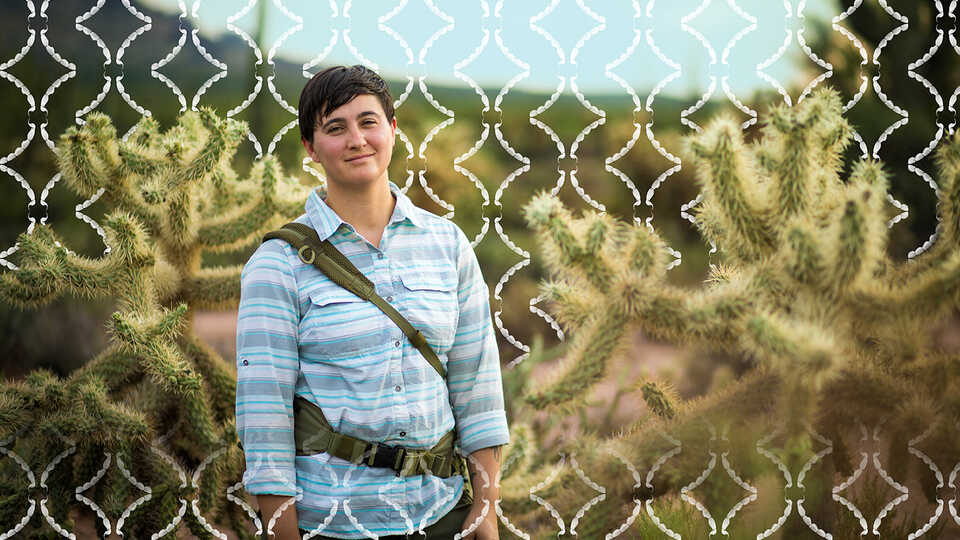Lauren's Story (she/they)
I grew up in a place of privilege. My family is a science family—my mother is a wildlife biologist turned STEM-education program director; my father and younger sister are both veterinarians; my grandfather was an engineering professor who sent experiments up to the International Space Station; and three of my five nieces and nephews are biology majors in college. It often feels as if I was predestined to grow up and become a scientist, too, but as I moved through the world as a young person, I can recall often questioning whether there was a place for me in what I was doing.
I left high school early because it felt unwelcome for a young queer openly discovering their identity; I went to college and was told that I “would never get into medical school,” and left college wondering if someone had made some terrible mistake or played a cruel joke in admitting me to graduate school because I couldn’t use the vocabulary that my classmates did. I barely finished my PhD, and I thought about quitting often (and still do). Now, working in a dream career, I regularly doubt that I deserve to have made it this far.
All along the way, I hit stumbling blocks that have taken me a long time to recognize as implicit biases, microaggressions, and gendered harassment. And while I feel incredibly lucky that I can no longer be fired for my sexual orientation or gender identity, that I have a supportive family, and that my colleagues and institution recognize the importance of diversity in STEM, it’s undeniably lonely being queer in STEM. The visibility of LGBTQ+ people that I lacked as a student and early career scientist is important for mental health, for standing up to injustices, and for mentoring current colleagues and future scientists.
In 2018, after realizing that: 1) I was the was the first openly queer curator in the 167-year history of my institution (in San Francisco, the gayest city in America), and 2) that I didn’t know another LGBTQ+ person in my field of arachnology, I decided to launch a visibility campaign for LGBTQ+ people to shine a light on the incredible individuals working in STEM and STEM-supporting jobs. This initiative, 500 Queer Scientists, is built on individual, self-submitted stories that raise the visibility of queer scientists and has three primary goals: Ensure that the next STEM generation has LGBTQ+ role models, help the current generation recognize they’re not alone, and create opportunities for community connections and greater visibility within STEM.
We began with 50 brave and proud scientists willing to tell their story, and in the past three years have grown to more than 1,500 stories from across the globe, across the STEM spectrum, and across the spectrum of identities that our community encompasses. I can proudly say that I am no longer alone! And for those of you who may be out there questioning whether science is the place for you, the 500 Queer Scientists community is here to help you remember that support is out there, and that you’re part of a big, vibrant, smart-as-hell community.
Explore New Science anywhere through our virtual Google Arts & Culture exhibit, or see our new, in-person exhibit on your next Academy visit.
To learn more about the partners that helped make New Science possible, visit:


